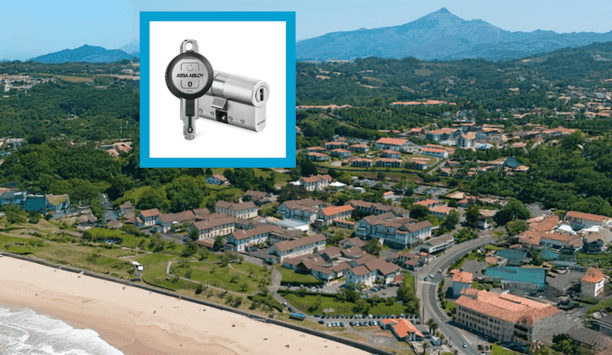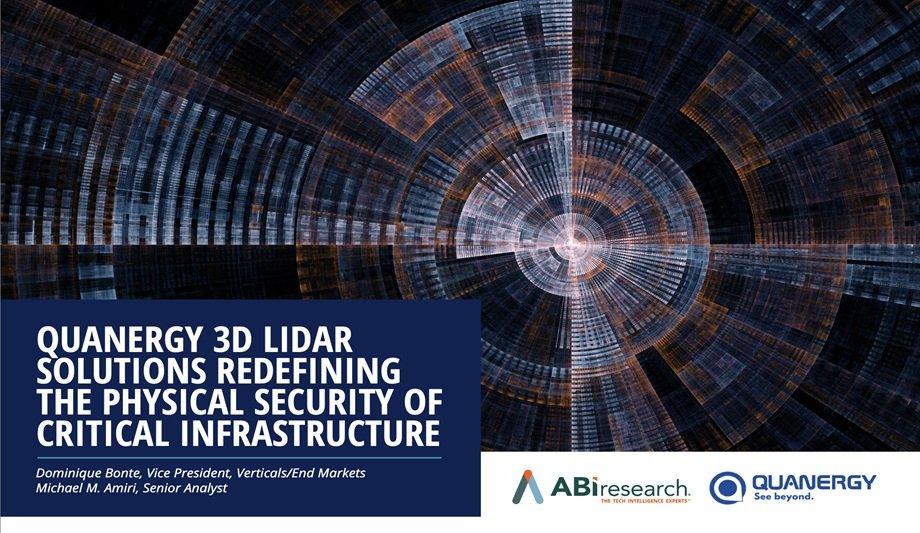Find out about secure physical access control systems through layered cybersecurity practices.
Check Out Our Special Report On Cybersecurity
Evolution In PID Solutions - Quanergy 3D LiDAR Dominates Security Market
- Related companies
- Quanergy Systems, Inc.
- Related links
- Card Access control cards/ tags/ fobs
- Networkable Access control readers
- Magnetic Stripe Access control cards/ tags/ fobs
- PC-based Access control readers
- Mifare Access control cards/ tags/ fobs
- Control Software Video Surveillance software
- Biometric Access control readers
- Card Swipe Access control readers
- Standalone Access control readers
- Detection Software Video Surveillance software
- Tag Access control cards/ tags/ fobs
- Standalone / Networkable Access control readers
- Drawing Software Video Surveillance software
- Smart Card Access control cards/ tags/ fobs
- IP Surveillance Software Video Surveillance software
- Management Software Video Surveillance software
- Magnetic Stripe Access control readers
- Mifare Access control readers
- Proximity Access control readers
- Monitoring Software Video Surveillance software
- Surveillance Software Video Surveillance software
- RFID Access control readers
- Smart Card Access control readers
- Related categories
- Video Surveillance software
- Access control readers
- Access control cards/ tags/ fobs
- View all news from
- Quanergy Systems, Inc.
Related videos
In case you missed it

To serve various vertical markets and industries effectively, security professionals must recognize that each sector has unique assets, risks, compliance requirements, and operatio...

The Marin Hospital of Hendaye in the French Basque Country faced common challenges posed by mechanical access control. Challenges faced Relying on mechanical lock-and-key technol...

A lot has been said about door security — from reinforced door frames to locking mechanisms to the door construction — all of which is crucial. But what security measur...






















